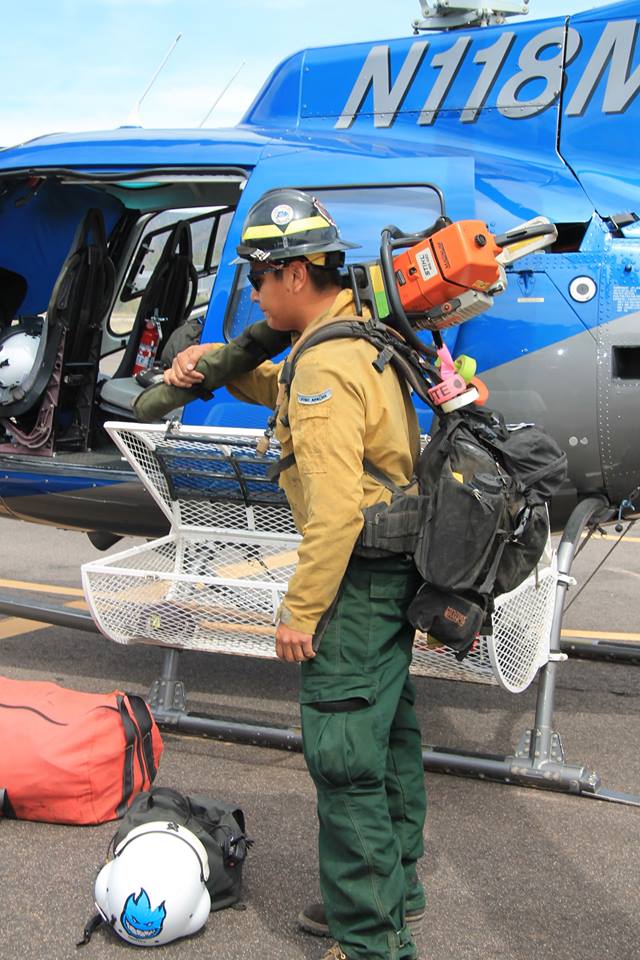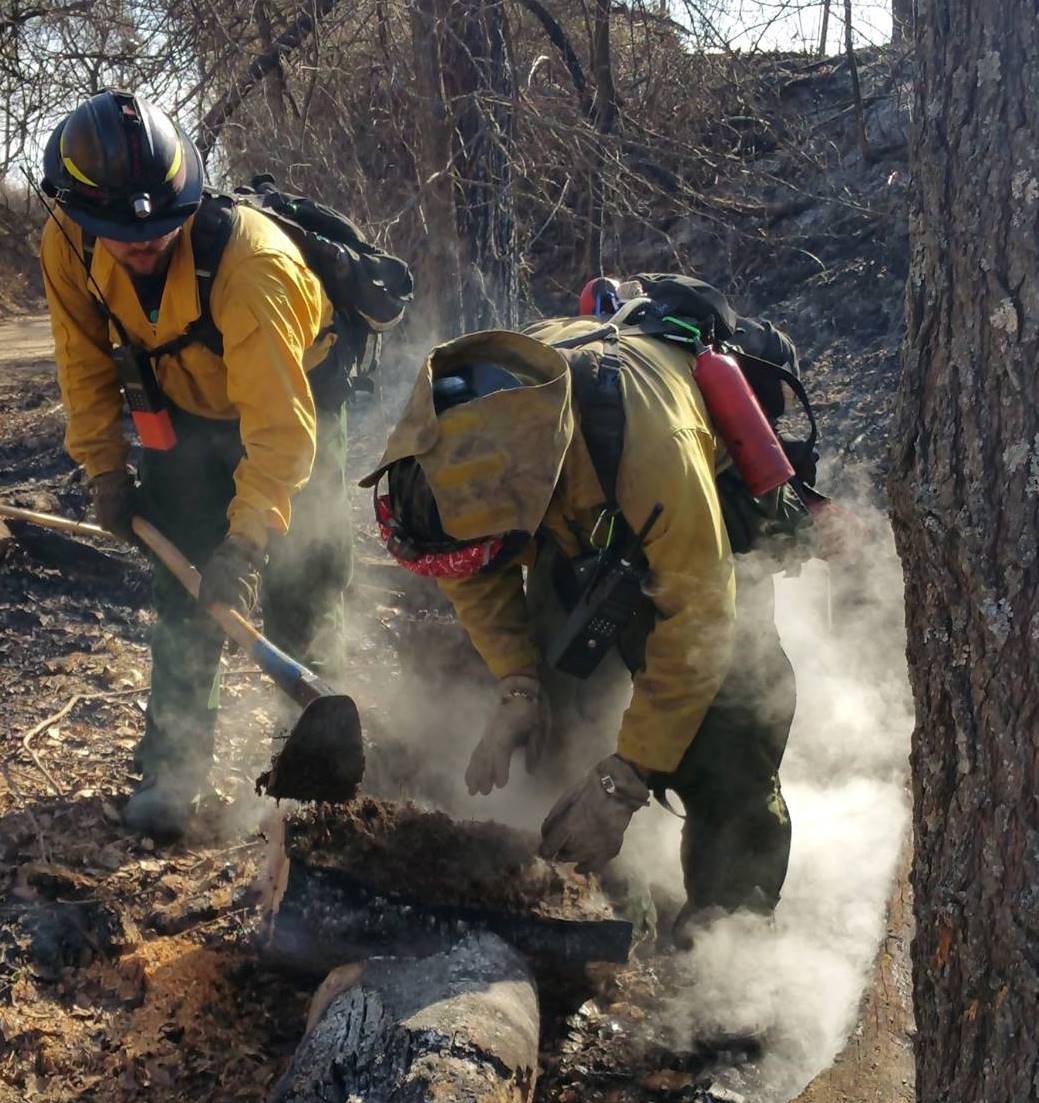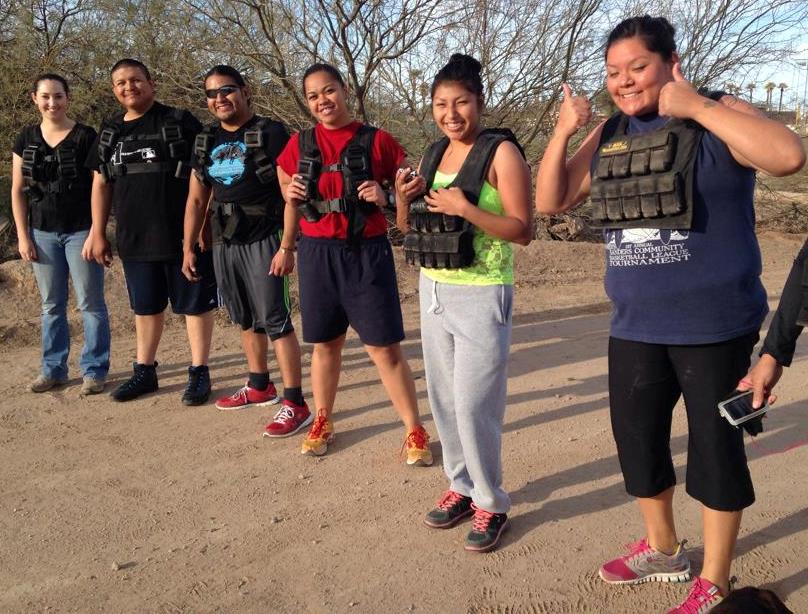Wildland Fire Safety

Public and firefighter safety is our highest priority in the wildland fire community. Providing the best training, tools and skills to keep the field in top-notch condition is what safety and health specialists strive to achieve.
Managing risk is the primary means by which agencies achieve safety. Risk management is a process for assessing risk and developing strategies to mitigate it. When this occurs, leaders are able to make better, more informed decisions.
The goal of the wildland fire safety program is to provide direction and guidance for safe, effective management in all wildland fire activities. Safety is the responsibility of everyone assigned to wildland fire and must be practiced at all operational levels. Agency administrators stress firefighter and public safety takes precedence over property and resource loss--always. To meet this, coordination between fire management staff and unit safety officer(s) is essential to achieving this goal.
Leadership on a daily basis takes steps to adopt Wildland Fire Risk Assessments and mitigation techniques before and during fire incidents. After action reviews of fire-related accidents is a frequently used tool across Indian Country designed to improve policy and/or operation procedures as needed. From these reviews, firefighters develop and use the Lessons Learned Center and other training material to sharpen their understanding of the complex fire environment.
Emergency Notifications, Early Alerts and Beneficiary Information
When wildland fire accidents occur on Trust land, leadership at the Agency, Region, Branch of Wildland Fire Management and Central Office need to be made aware of it. In addition to reporting accidents using the Safety Management Information System (SmIS), Fire Management Officers will complete an Early Alert using the BIA Early Alert Template and submit to Regional Fire Management Officers within 24hours after the accident/injury.
- Employee Emergency Notification Form
Agency Administrators Guide to Critical Incidents
A critical incident may be defined as a fatality or other event that can have serious long-term adverse effects on the agency, its employees, their families and their community. Through effective, efficient, and timely leadership, Agency Administrators are responsible for the overall management of critical incidents within their jurisdiction. The Agency Administrator's Guide to Critical Incident Management is designed to assist Agency Administrators in dealing with critical incidents. It is designed for Agency Administrators to review in detail before a critical incident occurs, during the actual management of the incident and after the incident takes place. It is not intended to replace local emergency plans or other detailed guidance. Rather, it should be used with other references and appendices included here.
Serious Accident Investigation Templates and Samples
Serious Accident Investigation Templates and Samples 
- 24-Hour Preliminary Report
- Delegation of Authority & Sample Delegation of Authority Letter to SAI Team
- 72-Hour Expanded Report
- NWCG Wildland Fire Fatality and Entrapment - Initial Report
- Accident Investigation Template
- Sample Letter to the Medical Examiner/Coroner
- Accident Review Summary (Template)
- Evidence Log
- Evidence Chain-of-Custody Log
- Accident Investigation Witness List
- Accident Investigation Witness Statement
- Accident Investigation Witness Interview
Lessons Learned
Rapid Lesson Sharing
If you have a lesson gained while working in the wildland fire service, share it so others can learn. Remember, your lesson can be a success that saves someone else in the future.
Lesson Learned Reviews
Lesson Learned Reviews are performed in order to document and share knowledge of incidents or near misses that can help improve safety, performance, efficiency and organizational learning throughout the entire wildland fire community. All Lesson Learned Reviews are hosted online at the Wildland Fire Lessons Learned Center.
Wildland Fire First Aid Program
BIA First Aid Program
The Bureau of Indian Affairs Wildland Fire First Aid Program uses wilderness medicine curriculum to train non-medical professionals, such as wildland firefighters how to provide first aid skills in a wilderness environment.
The Program certifies and maintains currency for wilderness first responders who are specially trained to manage complex logistical medical transports, respond to prolonged patient care, mitigate extreme environmental conditions and identify and use improvised equipment common in the wildland environment. They also train how to interface with local EMS responders. Each session provides a three-year certification.
Medical Standards Program
The Department of the Interior and U.S. Forest Service share core expectations for arduous duty wildland firefighters which make up the Essential Functions of Arduous Duty. The Department is authorized under 5CFR 339 - Medical Qualification Determinations to require Medical Standards for fire positions considered arduous. Learn more at the DOI Medical Standards Program.
Motor Vehicle Information
Driving Requirements
All BIA employees occupying positions requiring operation of a vehicle must successfully complete the web-based GSA Drive Thru, "Defensive Driving" course every three years. In addition, BIA requires all personnel who drive a government vehicle to take BL-300 Basic Drivers Course.
- Online Defensive Driving Training: GSA Drive-thru
Engine Operator Position and Curriculum
- 2019 Engine Operator Position and Curriculum,
- Lights and Sirens Training
- Licensing for Wildland Fire Engine Operation
Driving Policy Memorandums
Fitness Training Resources

- Wildland Fire Safety Training Annual Refresher (WFSTR)
- Indian Country Fitness Challenge
- Fitness and Work Capacity (2009 edition)
Contact Us
Boise, ID 83705


